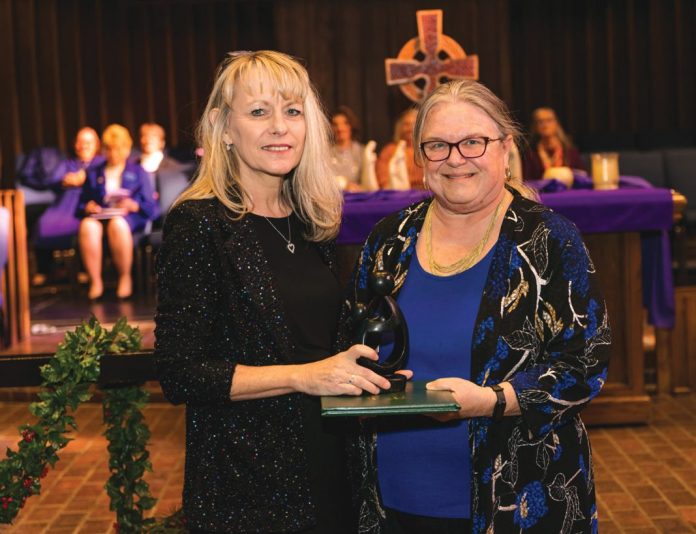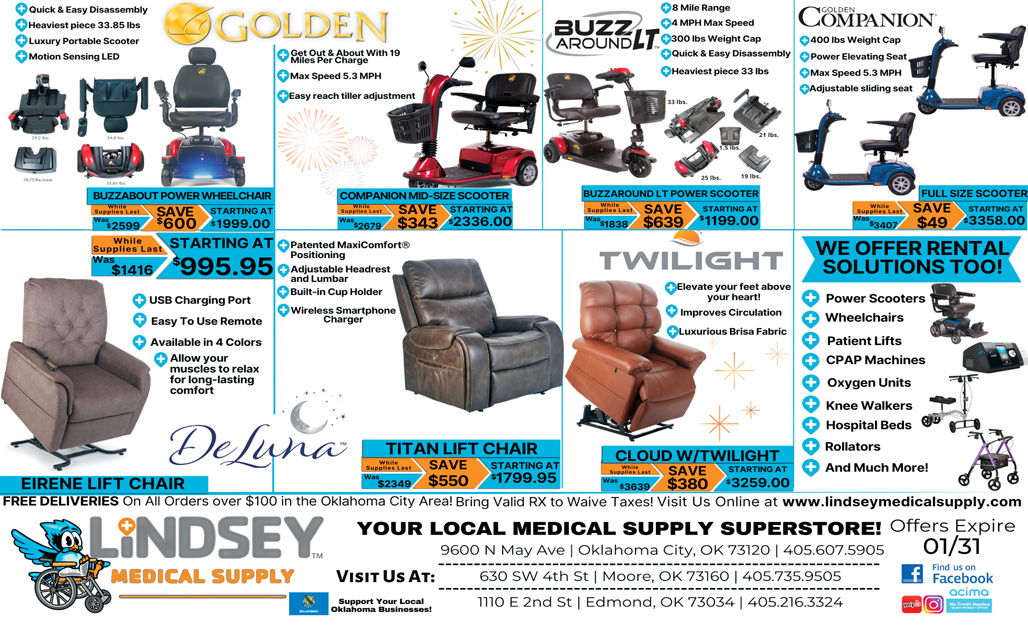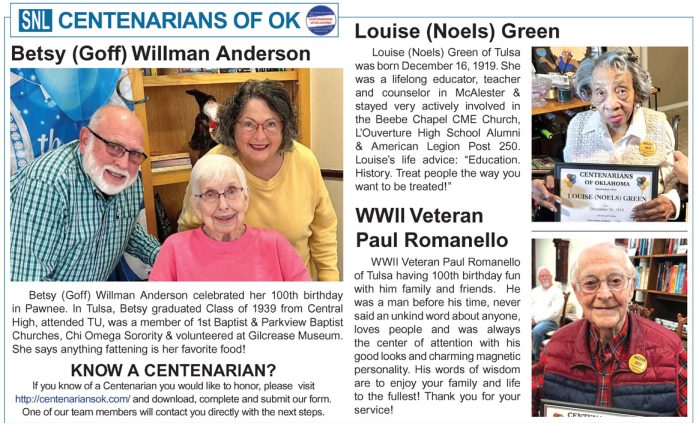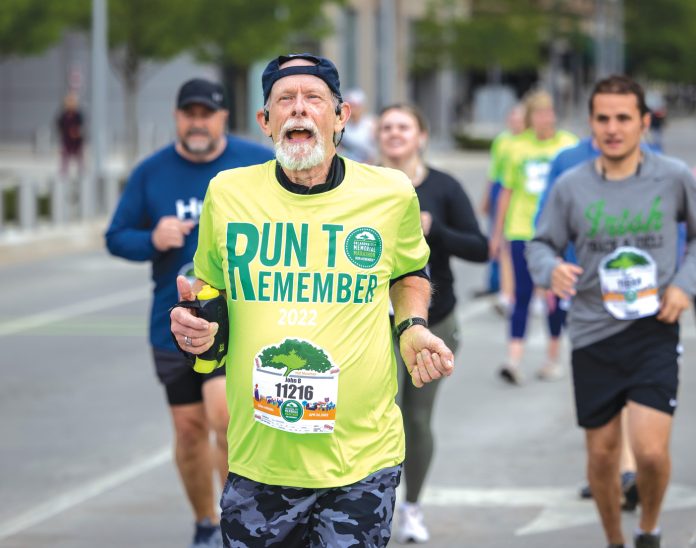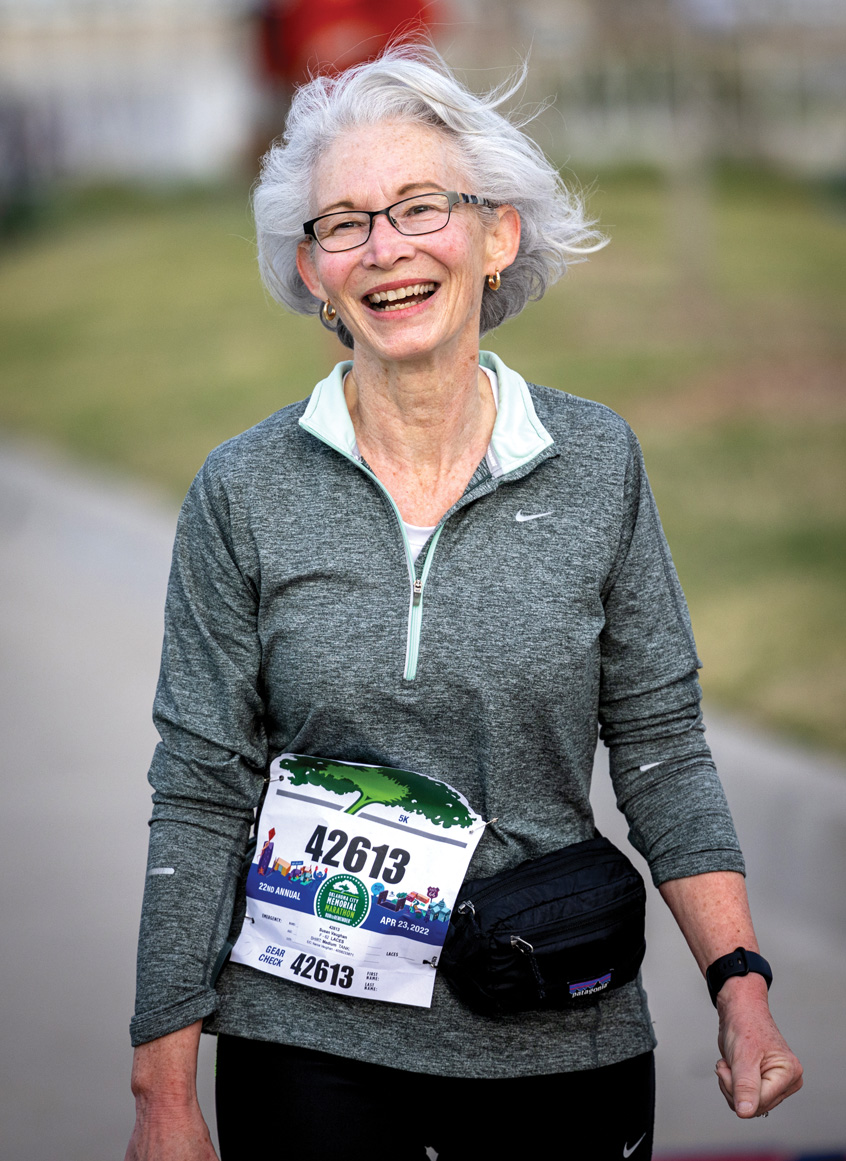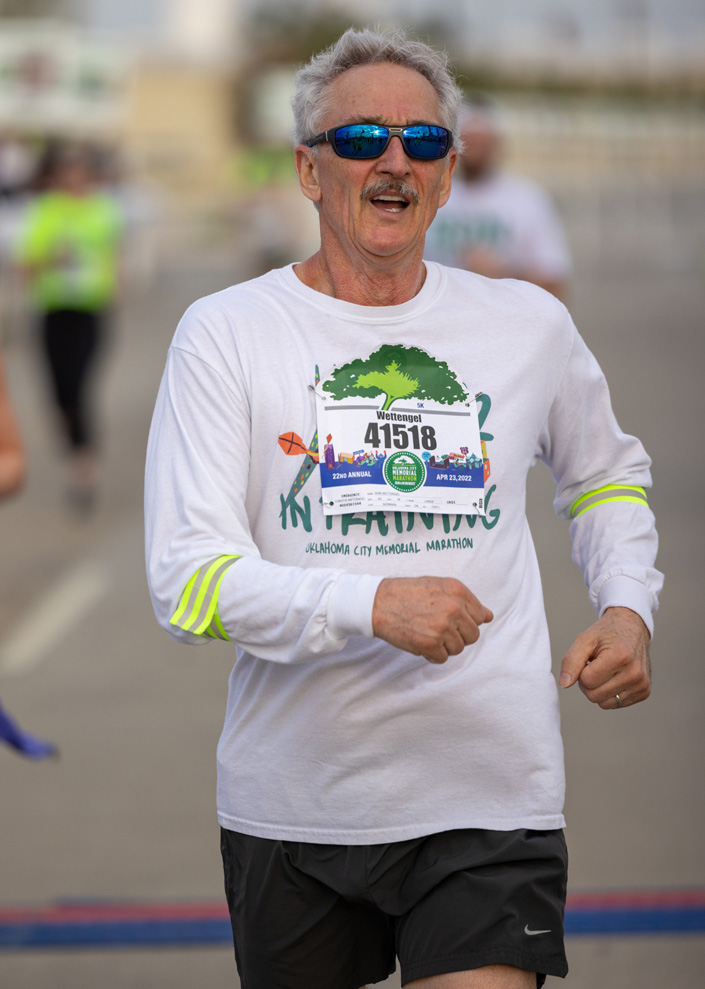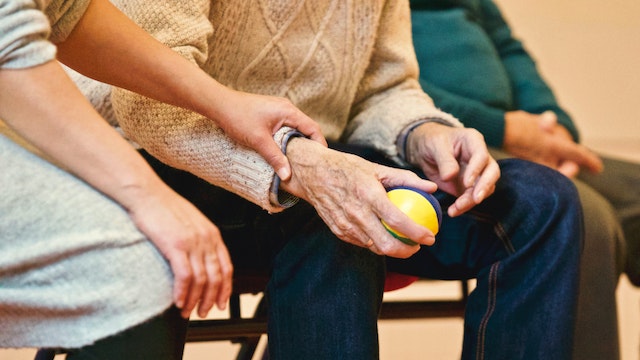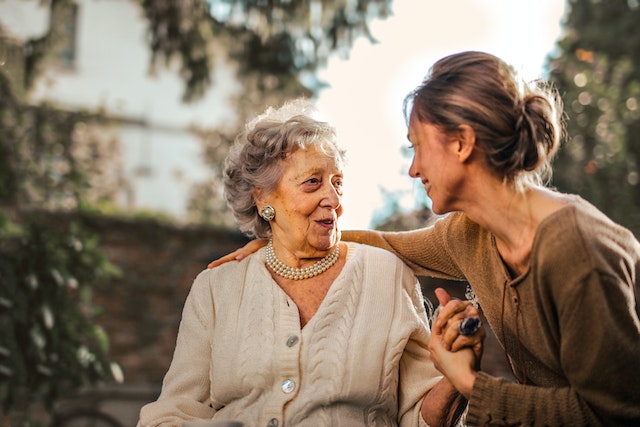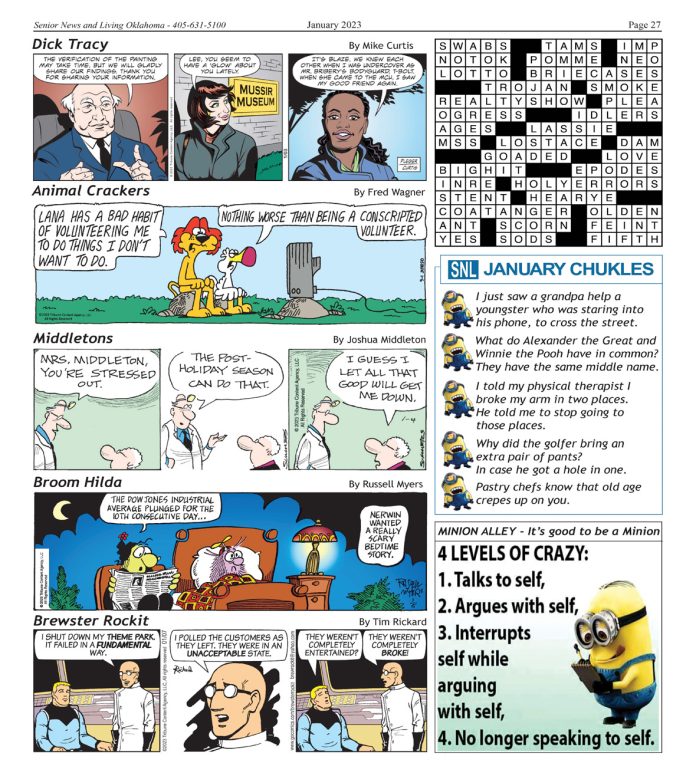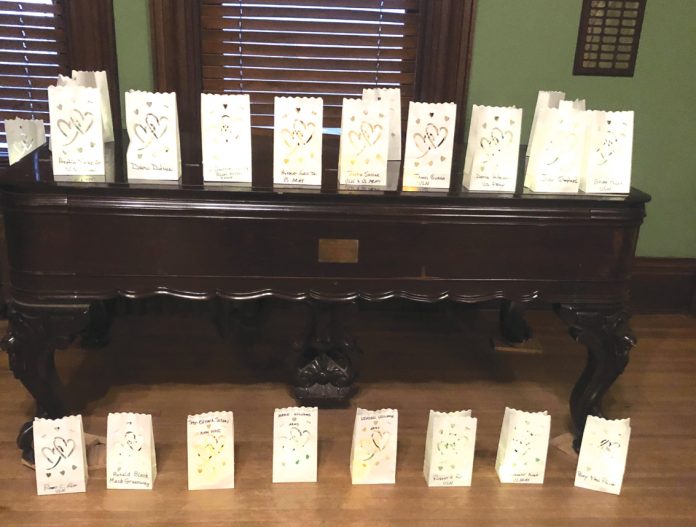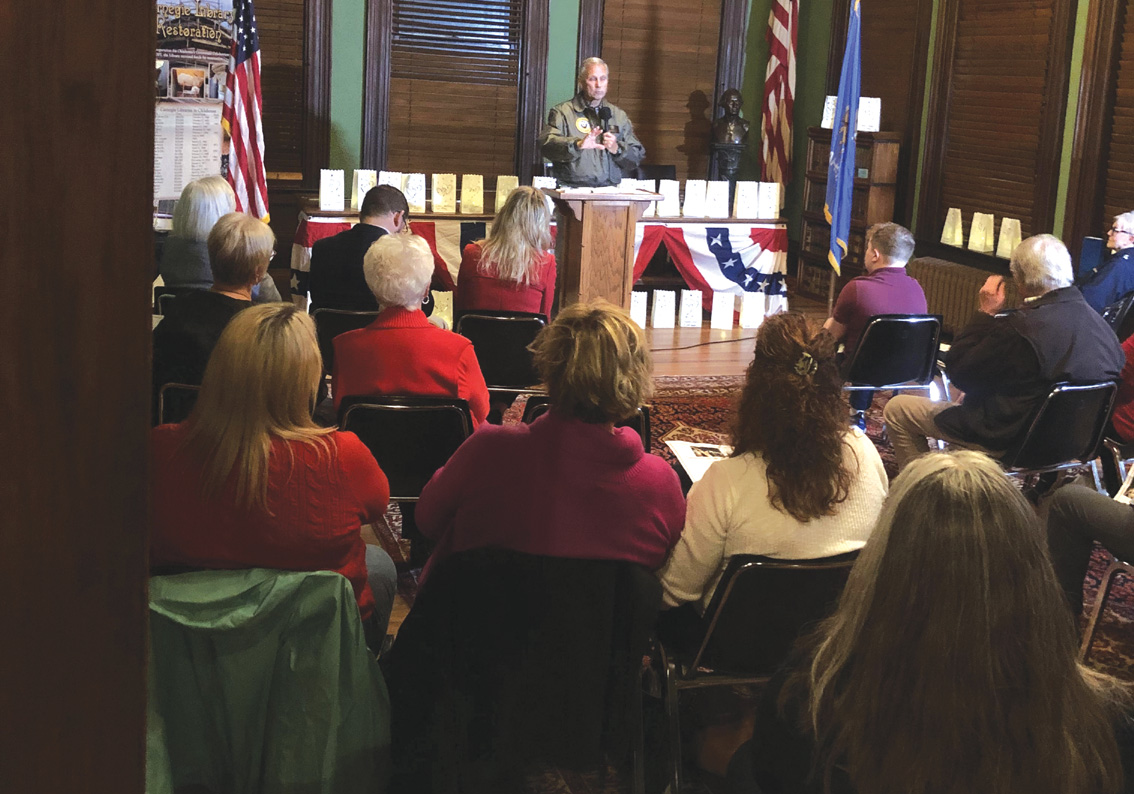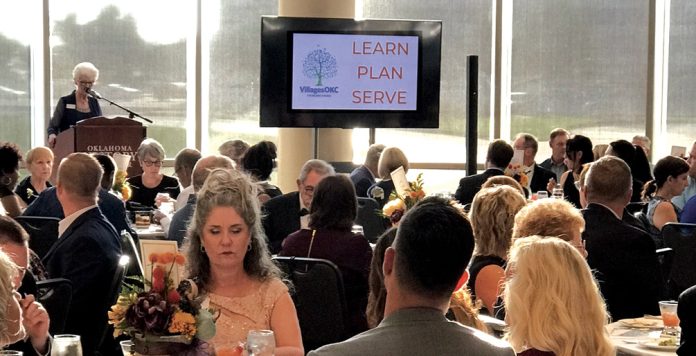For a full list of events/details visit: www.okhistory.org/calendar/ohs
History Alive! on the Cherokee Strip January 7, 2023, 11 a.m.–3 p.m.|Recurring Event. Cherokee Strip Regional Heritage Center, 507 South 4th Street Enid, OK 73701. History Alive! on the Cherokee Strip takes place throughout the year on the first and third Saturday of each month, from 11 a.m. to 3 p.m. On those days, the historic buildings in the Humphrey Heritage Village at Cherokee Strip Regional Heritage Center (CSRHC) come to life with reenactors. These folks dressed in period clothing will have you convinced you have stepped back in time to 1893! Sit at school desks while lessons are taught at the Turkey Creek one-room schoolhouse, hear a pioneer tale from those tending their shops, and watch as craftsmen and women work their trades. For more information, please call the CSRHC at 580-237-1907
“Architecture of the Capitol” presentation by Trait Thompson January 7, 2023, 1 p.m.–2 p.m. Oklahoma History Center, 800 Nazih Zuhdi Drive Oklahoma City, OK 73105. On Saturday, January 7, from 1 to 2 p.m., learn more about the restoration of the Oklahoma State Capitol and the architectural design behind it from Oklahoma Historical Society Executive Director Trait Thompson. He will make a presentation, sharing his insights about the Oklahoma Capitol Restoration Project. Before becoming director of the Oklahoma Historical Society, Thompson was the project manager of the Oklahoma Capitol Restoration Project. Share his specialized knowledge of the history of the Oklahoma State Capitol and how this monumental restoration project was achieved. This discussion will take place in the Clark and Kay Musser Learning Lab on the first floor of the Oklahoma History Center. Free with admission to the Oklahoma History Center. Call 405-522-0765 for more information.
Quilting workshop with Martha Ray January 14, 2023, 9 a.m.–11 a.m.|Recurring Event. Sod House Museum, 4628 State Highway 8 near Aline, OK 73716. The Quilting workshop with Martha Ray meets on the second Saturday of each month from 9 to 11 a.m. at the Sod House Museum at a cost of $5 per person. Martha Ray teaches how to create appliqué designs, traditional block patterns, original designs, crazy quilts, landscape designs, and paper piecing. New members of any skill level are always encouraged to attend! Share in the happy exchange of shared skills, fun, and camaraderie, door prizes, refreshments, discussions, and quilt patterns, along with old-fashioned bed turnings at the next meeting of the Quilting workshop. Proceeds directly fund Sod House Museum renovations. The Sod House Museum is operated by the Oklahoma Historical Society, the museum is located southeast of Aline on State Highway 8. The museum is open Tuesday through Saturday from 9 a.m.–5 p.m. For more information call 580-463-2441 or email sodhouse@okhistory.org.
“Researching Legal Documents” presentation by Dr. Le’Shawn Turner January 14, 2023, 12 p.m.–2 p.m. Oklahoma History Center, 800 Nazih Zuhdi Drive Oklahoma City, OK 73105. Dr. Le’Shawn Turner, the reference librarian for the Oklahoma City University School of Law will guide non-lawyers on the process of researching legal sources effectively. This class will be beneficial to college students, genealogists, and people with specific research interests. OHS Archival Collections Manager Mallory Covington will also share the various legal materials of the Eleanor and John Kirkpatrick Research Center in the Oklahoma History Center where the class will take place. This class is free with registration.
Modern Wall Hangings workshop January 14, 2023, 1 p.m.–4 p.m. Oklahoma History Center, 800 Nazih Zuhdi Drive Oklahoma City, OK 73105. On Saturday, learn the art of weaving while creating a modern piece of wall art to take home! The hands-on program for ages 12 and up will teach about various types of fibers, basic techniques, and historic practices of weaving. The cost of the make-and-take modern wall-hanging workshop will be $40 for members and $50 for nonmembers. All materials are included in the class cost. Registration is required and is limited to 15 participants. The workshop will be taking place in Classrooms A and B on the first floor of the Oklahoma History Center.
Museum OKademy volunteer training class and lecture January 21, 2023, 9 a.m.–11 a.m. Cherokee Strip Regional Heritage Center, 507 South 4th Street Enid, OK 73701. The Cherokee Strip Regional Heritage Center (CSRHC) will host a six-session Museum OKademy course in 2023 to train volunteers and provide lectures on history. The classes will be held at 9 and 10 a.m., beginning on Saturday, January 21, and concluding on Saturday, April 1. The six-part lecture/workshop series, Museum OKademy, will be led by Jake Krumwiede (Executive Director), Neal Matherne (Director of Education), and CSRHC staff. These classes are aimed at both prospective volunteers and other adult learners who wish to broaden their knowledge base about the history of our area and the materials from which we learn. Reserve by emailing neal.matherne@history.ok.gov for more information. Attendance is limited so please contact us as soon as possible. Classes are free with regular museum admission. CSRHC members always visit free.
Museum After Dark: Village Sounds featuring singer/songwriter duo Desi and Cody January 27, 2023, 7 p.m. – 9 p.m. Cherokee Strip Regional Heritage Center, 507 South 4th Street Enid, OK 73701. The Cherokee Strip Regional Heritage Center is hosting the Tulsa-based musical duo, Desi and Cody on Friday, January 27 from 7 to 9 p.m. for Village Sounds, a part of the center’s “Museum After Dark” programming. Desi & Cody, a Tulsa-based singer-songwriter duo, focus their music on life and experiences in Oklahoma. The group’s performance at the Heritage Center will be a two-hour acoustic set. “Museum After Dark: Village Sounds” events are intimate listening experiences held at the Village Church on the grounds of the Humphrey Heritage Village at CSRHC. This series explores the Oklahoma story from the perspective of musicians and songwriters from our state who are authentic interpreters of the past. The concert is included with the cost of admission to the CSRHC. Members of the CSRHC or the Oklahoma Historical Society always visit the center for free. This event is made possible through the financial support of CSRHC’s community partner, Park Avenue Thrift. For more information about this series, please call 580-237-1907.
Introduction to Botanical Embroidery January 28, 2023, 1 p.m.–4 p.m. Oklahoma History Center, 800 Nazih Zuhdi Drive Oklahoma City, OK 73105. On Saturday, January 28, from 1 to 4 p.m. join Oklahoma embroidery artist Lacey Plana as she leads this introductory class full of botanical inspiration. She will teach guests to stitch a vibrant Oklahoma-inspired bouquet of Oklahoma roses, firewheels, and yarrows. This is a great class to learn or brush up on embroidery basics such as how to create a variety of stitches and how to transfer your favorite designs onto fabric. Many stitches will be demonstrated, including the back stitch, French knots, woven wheel stitch, seed stitch, and single/detached chain stitch. The cost is $45 for Oklahoma Historical Society members and $55 for non-members. The class will take place in the Clark and Kay Musser Learning Lab on the first floor of the Oklahoma History Center. Each person taking part in the class will receive a pattern of the design, a stitch guide, and take home their botanical embroidery creations. All materials are included in the class cost. Ages 12+. Registration is limited to 15.
“On a Great Battlefield: The History of Gettysburg National Military Park, 1863–2022” presentation by Dr. Jennifer Murray January 28, 2023, 1 p.m.–2:30 p.m. Honey Springs Battlefield, 423159 E 1030 Road Checotah, OK 74426. On Saturday, January 28, from 1 to 2:30 p.m., Dr. Jennifer Murray author and teaching associate professor at Oklahoma State University (OSU) will present a history of the Gettysburg National Military Park at the Honey Springs Visitor Center. Dr. Jennifer M. Murray is a military historian, with a specialization in the American Civil War at OSU. Murray’s most recent publication On a Great Battlefield: The Making, Management, and Memory of Gettysburg National Military Park, 1933–2013 (2014, University of Tennessee Press). Dr. Murray’s program explores the landscape of the infamous battlefield and the first preservation and commemorative efforts of the Gettysburg Battlefield Memorial Association and the US War Department. Her main focus is the history of the Gettysburg battlefield in the 20th century, during the administrative era of the National Park Service (1933–present). In her words: “The history of the Gettysburg battlefield underscores the complicated relationship between race and reunion, public and private interests, between preservation theories and utilitarian uses, between the National Park Service and the American people, and between fact and fiction.” Murray is also the author of The Civil War Begins (2012). For more information regarding the presentation and Honey Springs Battlefield, please email honeysprings@okhistory.org or adam.lynn@history.ok.gov or call 918-617-7125.
Antique Doll exhibit opens February 1, 2023. Fred and Addie Drummond Home, 305 North Price Avenue Hominy, OK 74035. The Fred and Addie Drummond Home in Hominy will host an exhibit of antique dolls throughout the month of February. Beginning on Wednesday, February 1, and ending on Sunday, February 26, this exhibit is sure to delight doll collectors and doll lovers alike. The exhibit will feature a wide array of German-made dolls, including dolls by Armand Marseille, Kestner, and Koppelsdorf. There also will be a large group of china and porcelain dolls. During your visit, you are encouraged to tour the rest of the beautiful, historic Drummond Home. The three-story, Victorian-style house was built in 1905 and is listed in the National Register of Historic Places. The antique doll exhibit is included with the regular admission fee. Admission is $7 for adults, $5 for seniors ages 62 and older, $4 for students, and free for children five and under. As always, OHS members receive free admission. Regular hours of operation are Wednesday through Saturday from 9 a.m. to 5 p.m., and Sunday from 1 to 5 p.m. For more information, please call 918-885-2374. The Fred and Addie Drummond Home is located at 305 North Price Avenue in Hominy.
Christmas Open House December 10, 10 a.m.–3 p.m. Sod House Museum, 4628 State Highway 8 near Aline, OK 73716. The Sod House Museum’s Christmas Open House will be held on Saturday, December 10, from 1–3 p.m. Enjoy the holidays in Oklahoma’s only remaining sod house that will be decorated for the season in the style of a traditional 1890s Pioneer Christmas.
Photos with Santa at the Will Rogers Memorial Museum December 10, 11 a.m.–2 p.m.|Recurring Event. Will Rogers Memorial Museum, 1720 West Will Rogers Boulevard Claremore, OK 74017. The Heritage Gallery at Will Rogers Memorial Museum will be the perfect backdrop for Photos with Santa on Saturday, December 3, and Saturday, December 10, from 11 a.m. to 2 p.m. Bring your family and your camera to take beautiful family pictures with Santa. Admission is free to take photos. For more information, please visit willrogers.com or call 918-341-0719.
Christmas Open House Hunter’s Home, 19479 East Murrell Home Road Park Hill, OK 74451. On Sunday, December 11, from 1 to 4 p.m., Hunter’s Home will host its annual Christmas Open House. Visitors will see the home and general store decorated for the holiday season and will enjoy cider and snacks while sitting around a roaring fire. For more information, please call 918-456-2751.
Holiday Candlelight Tours December 15, 4 p.m.–8 p.m.|Recurring Event . Hunter’s Home, 19479 East Murrell Home Road Park Hill, OK 74451. Oklahoma’s only remaining pre-Civil War plantation home will host five nights of candlelight tours in December. The tours of Hunter’s Home will take place from Tuesday, December 13, through Saturday, December 17, from 4–8 p.m. each day. The 177-year-old home will be decorated in a Victorian holiday style. Period Christmas decorations and candlelight will adorn the home’s lavish parlor, sitting room, and dining room. Costumed reenactors will share the history of the home. For more information please call 918-456-2751.
December Bake Day and Gingerbread Decorations Fort Gibson Historic Site, 907 North Garrison Avenue Fort Gibson, OK 74434. Visit Fort Gibson Historic Site for a special holiday-themed bake day on Saturday, December 17, at 10 a.m. Fresh bread and batches of giant gingerbread men will be baked in the historic Fort Gibson ovens just in time for the holidays! Fresh batches of each will be ready at noon and again at 3 p.m. Gingerbread men will be ready for decorations throughout the day starting at 11 a.m.
History Alive! on the Cherokee Strip December 17, 11 a.m.–3 p.m.|Recurring Event. Cherokee Strip Regional Heritage Center, 507 South 4th Street Enid, OK 73701. Step back in time and experience life in the Cherokee Outlet during History Alive! on the Cherokee Strip at the Cherokee Strip Regional Heritage Center in Enid. On the first and third Saturday of each month, from 11 a.m. to 3 p.m., the historic buildings in the Humphrey Heritage Village come alive with reenactors who are tending their shops, working their trades, or socializing at the Village Church.
“Shut the Door! Barns in Oklahoma: The Significance of Barns in the Oklahoma Cultural Landscape” webinar December 27, 6 p.m. The State Historic Preservation Office is hosting a webinar series entitled “Shut the Door! Barns in Oklahoma,” featuring presenters who specialize in barn history, construction, and restoration. On Tuesday, December 27, the topic will be “The Significance of Barns in the Oklahoma Cultural Landscape.” This December webinar will be the last of the 2022 series. These presentations will be held on the last Tuesday of every other month, beginning at 6 p.m.
Movie Night featuring Meet Me in St. Louis (1944) December 30, 6 p.m.–9 p.m. Will Rogers Memorial Museum, 1720 West Will Rogers Boulevard Claremore, OK 74017. Will Rogers Memorial Museum in Claremore will host a Movie Night featuring the film Meet Me in St. Louis (1944) in its theater on Friday, December 30, at 7 p.m. “Horsing Around with Will” will take place from 6 to 7 p.m., during which families can enjoy activities and crafts relating to the movie’s theme. Guests can enjoy free admission, popcorn, and drinks while watching the film. Seating is limited, so early arrival is suggested.
Observing with NASA Smithsonian exhibit kiosk closes December 31. Oklahoma History Center, 800 Nazih Zuhdi Drive Oklahoma City, OK 73105. Observing With NASA, an authentic data experience with astronomical imaging will be on display at the Oklahoma History Center (OHC) until December 31, 2022. This exhibit kiosk from the Smithsonian Astrophysical Observatory engages visitors in the art and science of NASA imagery. Observing With NASA offers an introduction to the tools, data, and skills that NASA space scientists and data visualization experts use to create the images of deep space objects that we all know and love.



